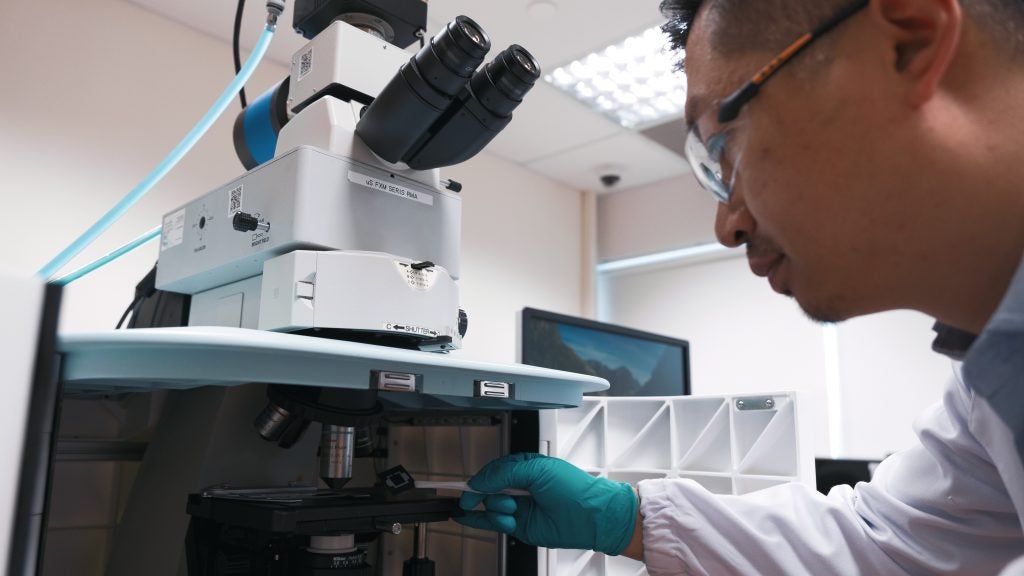![Rover-image Engineering students Pranati Rajagopal and Anoushka Bhutani are passionate about both space and encouraging more women involved in STEM subjects [Photo composite: NASA/NUS]](https://cde.nus.edu.sg/wp-content/uploads/2021/05/Rover-image.png)
The landing of NASA's Perseverance rover on Mars earlier this year has once again sparked interest in Earth's nearest planetary neighbour. But amidst all the Mars fever, did you know there is another Mars rover under development right here at NUS?
NUS Students for the Exploration and Development of Space (SEDS) is a club for those passionate about space technologies and development, and a chapter of the global SEDS movement.
Counting many NUS Engineering students among its members, NUS SEDS aims to make space accessible to everyone, organising talks, seminars, and networking sessions with key actors in the space industry. They also have project teams focusing on different aspects of space technology, including a rover team that participates in various international competitions where they design and build rover prototypes.
Rover team project director Pranati Rajagopal (Year 3, Electrical Engineering) and Engineering team lead Anoushka Bhutani (Year 3, Mechanical Engineering) spoke to us about SEDS and their experiences working on a Mars Rover prototype.
What got you interested in space exploration?
Anoushka: I've always had a love for all things science, and a curiosity for how things work. My first encounter with space exploration was during a visit to the Johnson Space Center in Houston in the days leading up to the final Space Shuttle Atlantis launch in 2011. The excitement about the launch was contagious and I got caught up in it.
Pranati: My interest started with a general fascination when I was a kid, but over the years, that has blossomed into a keen interest in astronomy, stargazing, and astrophotography. The turning point was probably watching the movie 'Hidden Figures', which chronicles the lives of three female African-American NASA mathematicians who were pivotal to the success of early missions in the 1960s. The inspiration from the film coupled with my engineering studies has enabled me to have a shot at building real space systems in the future.
What have you learned from working on the SEDS rover?
Anoushka: Working on the rover has given me hands on experience with everything, from soldering and machining to inverse kinematic and thermal simulations. The rover is a very complex machine with many, many subsystems, from navigation and communications to the robotic arm and mobility. No one has all the skills to build the entire rover themselves. Each team member comes with a unique set of experiences and skills, and it is by pooling all our knowledge together that we are able to build the rover.
Pranati: The thought of building a rover may seem herculean and daunting. But following the design methodology, breaking down complex tasks into simpler ones, and having team-mates that are driven and committed makes it easier.
How did you learn the skills involved in designing and building a rover?
Pranati: The team operates on the philosophy that members reap whatever they sow - in other words, the amount of effort one puts in dictates how much one learns. In this regard, my seniors made it a point not to spoon-feed us, but rather give us a gentle nudge in the right direction and help us ask the right questions.
What is your biggest takeaway from being in the Rover team?
Anoushka: Being a part of the SEDS Rover Team has taught me how to learn independently and how to learn from failure. Many times when a system works we don't fully understand why it works. But if something fails, troubleshooting and identifying the root of the failure leads us to a far deeper understanding of the system.
Do you feel it is important to encourage more women to pick up STEM subjects?
Pranati: In general, I believe it is important to give women the reassurance that they will be welcome, have equal opportunities, and receive adequate guidance in any field they are interested in pursuing. But the gender gap is more apparent in STEM-related subjects. The status quo needs to be challenged and this is not possible unless change occurs at the institutional level. Seeing quite a few female professors in my department (Electrical and Computer Engineering) has been a morale-booster for me. So, it is up to us and universities to set a precedent that women, too, can develop a career in STEM.
What do you think of the NASA Perseverance rover mission and successful landing?
Anoushka: The Perseverance rover landing was incredibly exciting! I was up at 3:00 am to watch the countdown. Building our small rover prototype, which only needs to operate here on Earth, is already so incredibly complex. The amount of planning, calculation, design, hard work, and engineering prowess that goes into a feat like a Mars landing is unfathomable. So the fact that the landing went successfully and smoothly is awe-inspiring.
Will you continue to be involved in space projects after graduation?
Pranati: Definitely! I would love to continue with NUS SEDS and the Rover Team after graduation, just as many of my seniors are now helping out as mentors. It would also be cool to work for a Space-related start-up that would allow me to remain at the forefront of space-related innovation.





